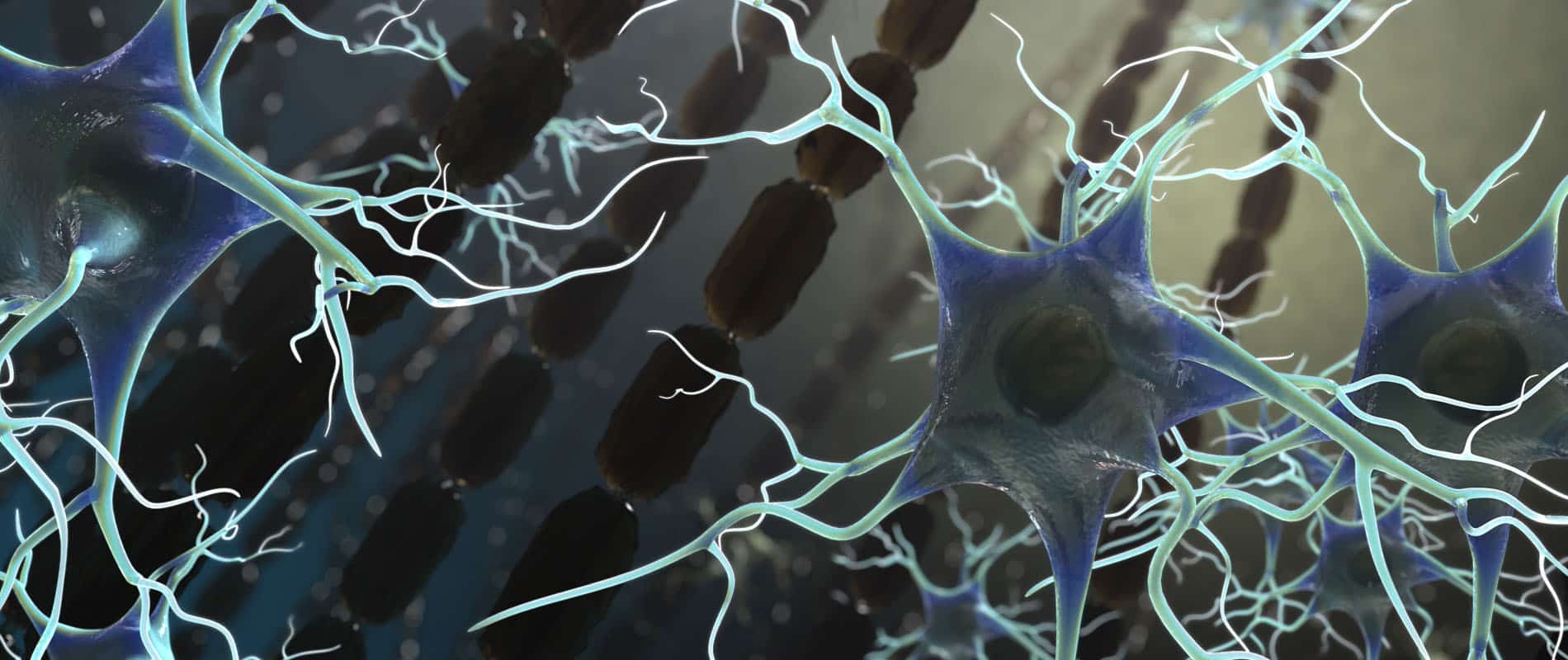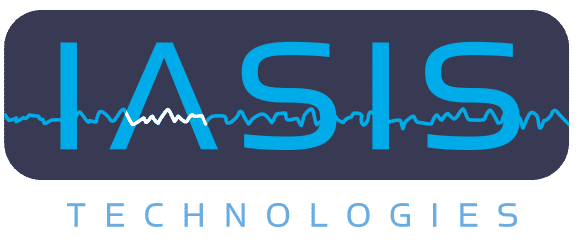Regulation of Glial Cells
Integrins and Nitric Oxide in the Regulation of Glial Cells: Potential Roles in Pathological Pain
Glial cells form physical connections with neurons and vascular endothelial cells in the brain, thereby constructing the elaborate networks of the tripartite synapse and the neurovascular unit, respectively. In addition to supporting neurons, glial cells modify synaptic plasticity and vascular tone, and in this way play an important role in maintaining brain homeostasis. Upon activation, glial cells produce nitric oxide, a gaseous mediator that diffuses into neighboring cells, wherein it elicits signaling pathways critical for synaptic plasticity and vascular tone. Because nitric oxide is short-lived and can travel only a short distance, glial cells must migrate to and position themselves near the target cells with which glial nitric oxide primarily interacts. Integrins, an essential family of cell adhesion molecules, facilitate effective glial migration and adhesion in the brain during developmental and normal adult stages. Aberrant regulation of nitric oxide and integrins in glial is thought to compromise cognitive brain function, and thereby lead to various pathologies. This review focuses on the important pathologic roles that nitric oxide and integrins play in glia and glia-related cells, focusing on their potential involvement in chronic pain syndrome.
Copyright: © 2012 Maruyama K, et al. This is an open-access article distributed under the terms of the Creative Commons Attribution License, which permits unrestricted use, distribution, and reproduction in any medium, provided the original author and source are credited.

Barry Bruder
CEO & Founder of IASIS Technologies International
To share the IASIS Technologies International news article, click on the social media application of choice below.



